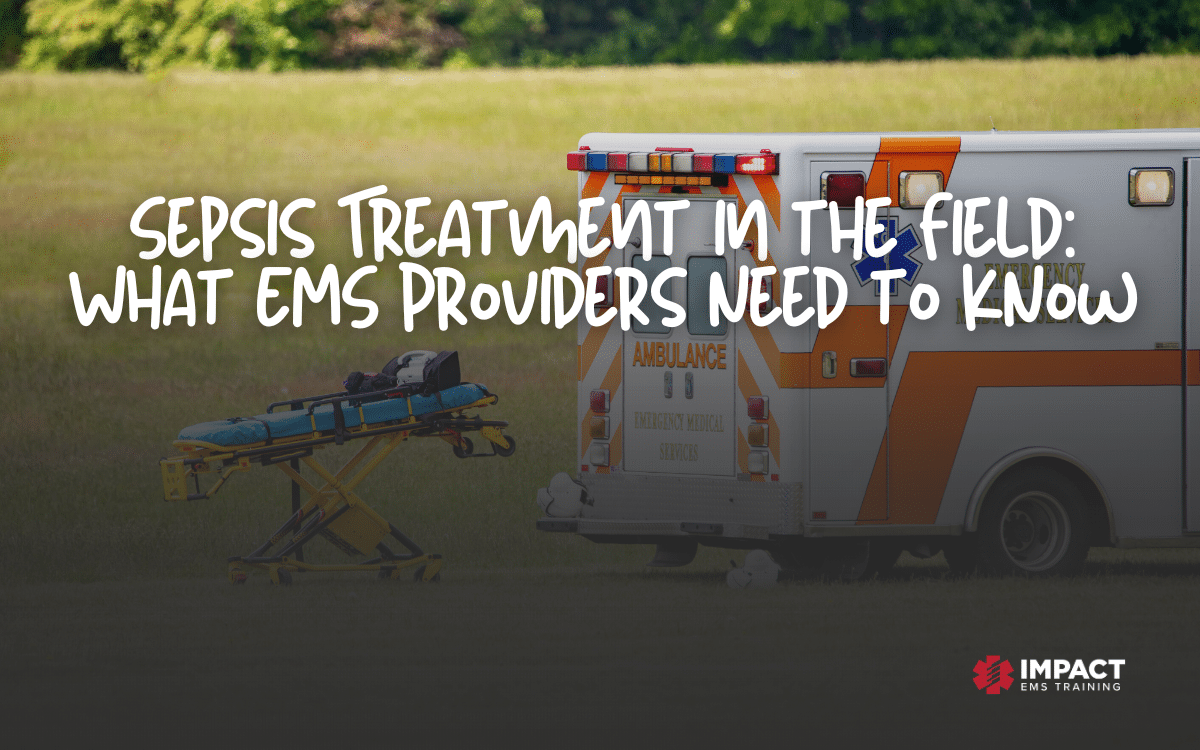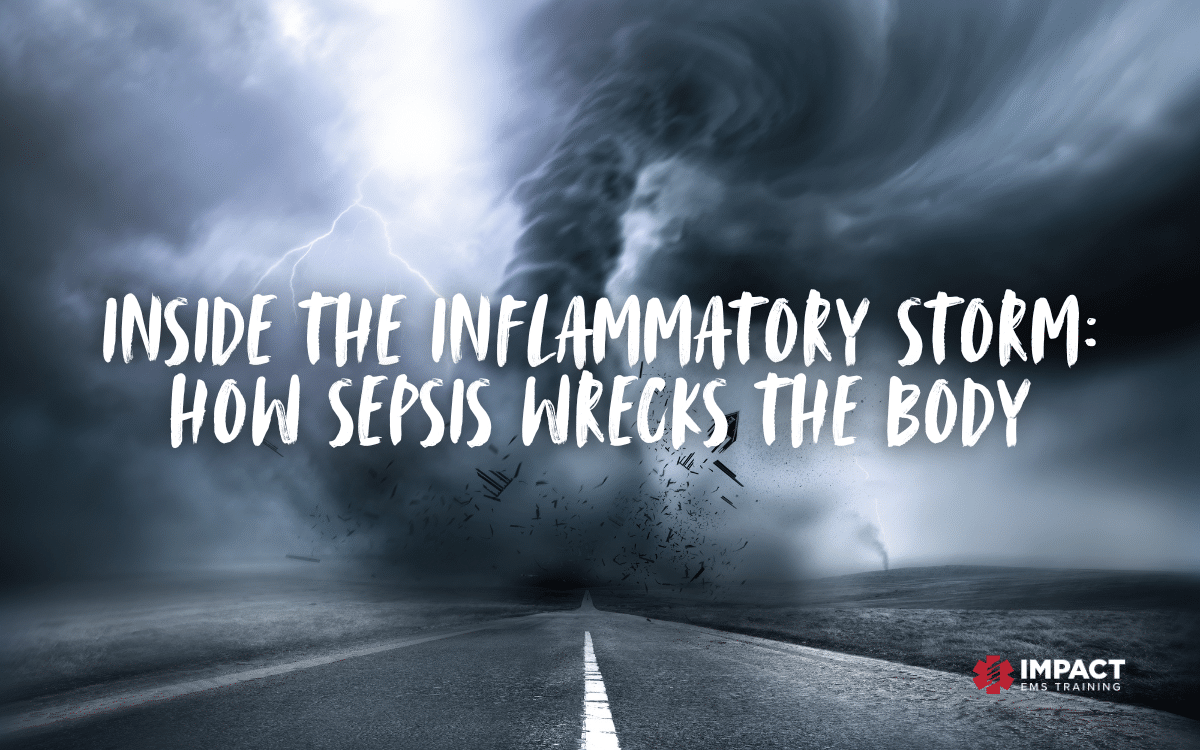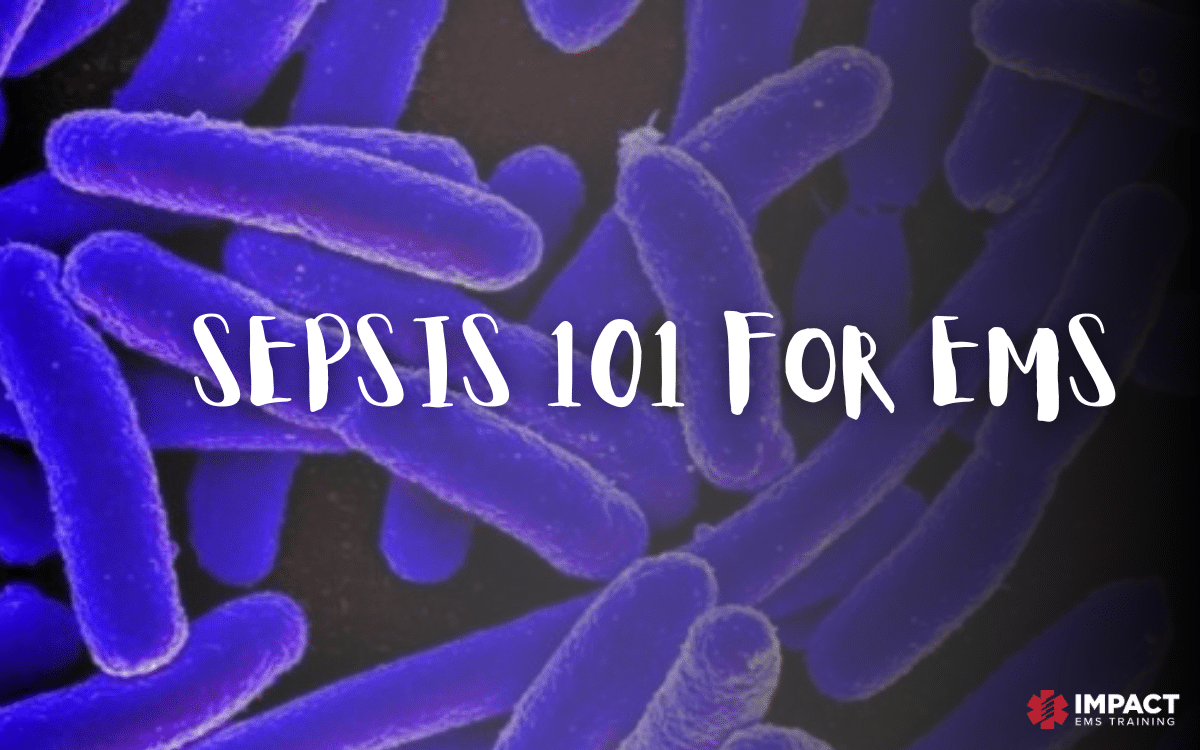NREMT questions are built using a structure called Bloom’s Taxonomy a framework educators use to measure different levels of thinking. We will save you the boring educational psychology lesson and jump right into the important parts.
Most of what you’ll see on the exam comes from these three levels of the hierarchy:
- Application: Use what you know in a scenario
- Think: You know what epinephrine does. Can you recognize when a patient needs it?
- Analysis: Spot what matters most
- Think: Can you tell that the altered mental status is more urgent than the bruised ankle?
- Evaluation: Make judgment calls under pressure
- Think: Which airway do you choose if your OPA keeps slipping and the patient is still hypoxic?
These aren’t always easy questions because the job isn’t always easy. The exam is designed to reflect field thinking, not flashcard knowledge.
Why This Matters
If you go into your NREMT exam expecting flashcard-style questions like “define hypoglycemia” or “what size is this 02 tank” you’re going to be big mad.
Especially with the updated 2025 versions of the exams. The NREMT is leaning harder into clinical judgment, context-based thinking, and real-world application.
Here’s what that looks like in action:
You won’t be asked to define hypoglycemia. You’ll be given a confused, sweaty patient who crashed into a ditch. You’ll have to recognize that they may be hypoglycemic, even with possible distracting trauma. Then you’ll have to decide what to do about it, and when.
That’s not a “what is hypoglycemia” question. That’s a “how would you handle this?” question. Big difference.
So if your study strategy is mostly memorizing definitions, acronyms, and protocol numbers, it’s time to shift. Flashcards are great for warm-ups, but they won’t carry you through the finish line. You’ve got to learn how to think like a provider, not just a test-taker.
Domain Weights (2024–2025)
Now let’s look at what the NREMT actually tests, and how it breaks down the different content areas for each certification level. These percentages aren’t guesses. They’re designed to reflect what you’ll actually deal with in the field.
If you’re an AEMT or Paramedic, clinical judgment is the top priority. You’re being asked to make faster, more complex decisions with limited time and limited data. And the NREMT wants to see if you’re up to the task.
Here’s how it breaks down:
| Level | Clinical Judgement | Medical | Trauma | Airway | Ops |
|---|---|---|---|---|---|
| AEMT | 31–35% | 25–29% | 9–13% | 9–13% | 8–12% |
| Paramedic | 34–38% | 24–28% | 6–10% | 8–12% | 8–12% |
What This Means for You:
• Over a third of your exam is clinical judgment. That’s not multiple choice trivia. That’s what would you do and why?
• Medical calls make up about a quarter of your questions. Know your differentials. Know your protocols. Know what makes each patient presentation unique.
• Trauma and airway are still important, but their percentages are smaller. Prioritize high-yield, decision-making scenarios in these categories.
• Operations (scene safety, EMS systems, documentation, incident command) still show up and they matter more than you think, especially when the question is structured to test judgment under pressure.
Practice Question
A 25-year-old unresponsive female presents with agonal breathing and pinpoint pupils. What’s your first intervention?
A) Administer naloxone
B) Assist ventilations ✅
C) Begin chest compressions
D) Insert a supraglottic airway
The answer to this question doesn’t change for what exam you are testing for all provider levels should assist ventilations FIRST for agonal breathing.
For all my gray area providers: yes, you could make a case for naloxone but first, protect oxygenation! Sure, the naloxone could help her overlying issue but not breathing could kill her before you can get the Narcan on board.
This is what clinical judgment looks like. The exam is testing what you notice, what you prioritize, and what you do next not just what you could memorize from a textbook.
How to Study Smarter
- Use case-based questions
- Think through “why,” not just “what”
- Study in small bursts, focusing on judgment, not just facts
This test isn’t about how many terms you can memorize. It’s about whether you can keep your head straight when you walk into a chaotic scene, hear a patient say something unexpected, or realize that your initial impression might be wrong.
So train like a provider. Study like you’ll be working in the field not just like you’re trying to get a good grade.
Once you’re certified, it won’t matter whether you passed with flying colors or barely squeaked through. What will matter is whether you can make good decisions when someone’s life is on the line.
You’ve got this. Trust your training. Show up ready to think. And go pass that exam!





